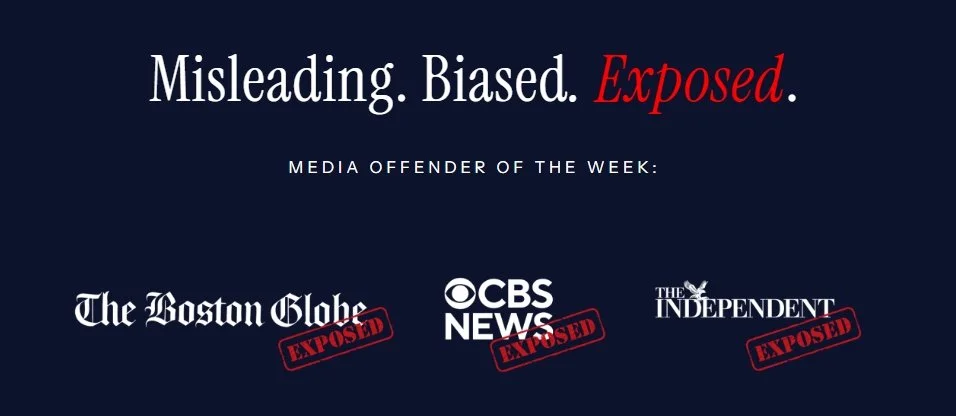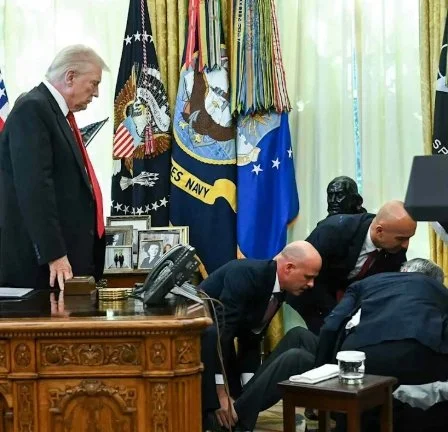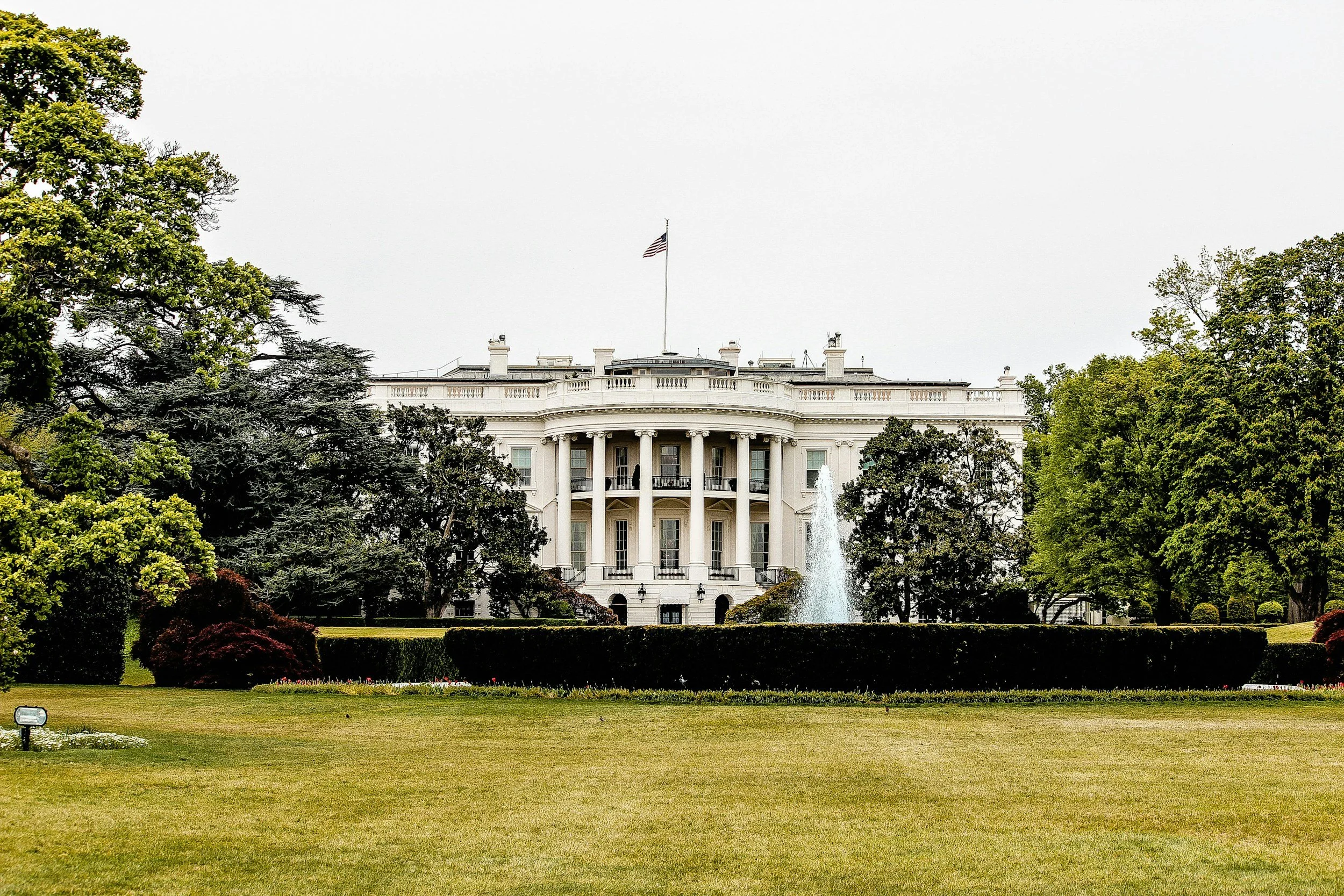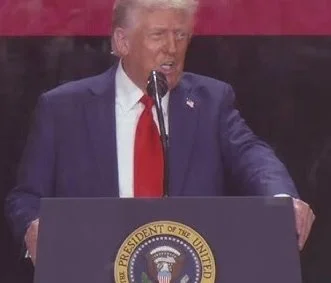The Shutdown: Hostage Politics in Action
The 2025 shutdown is not an accident, not a stalemate, and not a temporary glitch in Washington’s machinery. It is a weapon. The government has not been paralyzed by incompetence alone. It has been deliberately broken, and the suffering of millions of Americans has been chosen as a bargaining tool.
Donald Trump and his allies know exactly what is happening. They understand that federal workers will go without paychecks, that mothers will be turned away from nutrition programs, that hospitals in rural towns will edge closer to collapse. They know that 50,000 Americans a year are projected to die preventable deaths if healthcare subsidies vanish. The cruelty is not a side effect. The cruelty is the strategy.
Shutdown politics are hostage politics. A small group of leaders takes essential government functions, holds them at gunpoint, and announces to the country: “Give us what we want, or your people will suffer.” And when the suffering begins, those same leaders blame the very people who resisted the extortion.
The truth is brutal. This crisis is not about spending bills or fiscal responsibility. It is not even about healthcare or tax cuts in the narrow sense. It is about power. When government is held hostage, the public becomes collateral damage.
The Logic of Hostage Politics
Shutdowns have always inflicted pain, but under Trump they are reimagined as a form of spectacle and leverage. The longer the shutdown lasts, the more people hurt. That pain is not a bug in the system, it is the leverage itself. The calculation is simple: the more families suffer, the more pressure Democrats will feel to concede.
Trump is insulated from the fallout. His wealth and personal security mean he will never miss a paycheck, lose health insurance, or face eviction. His allies in Congress are buffered by the same privilege. The pain falls on federal workers who cannot pay rent, on parents who find WIC offices closed, on cancer patients who lose their subsidies. This asymmetry is the essence of hostage politics. The powerful are immune. The powerless become bargaining chips.
The logic is brutal. If Democrats refuse to fund the government without protecting healthcare subsidies, millions will feel the pain. Republicans then point to the shuttered agencies, the unpaid workers, and the disrupted services and accuse Democrats of causing the suffering. It is political extortion with a feedback loop: create the crisis, blame the opponent, repeat.
Past shutdowns reveal the pattern. In 2018 and 2019, Trump boasted that he was “proud” to shut down the government over immigration policy. For weeks, federal workers went without pay, airports faced chaos, and food inspections were delayed. Trump treated that crisis as proof of strength, even bragging that the shutdown gave him leverage he could never achieve through ordinary legislation.
Now in 2025, the same playbook is in motion. Trump calls the shutdown an “opportunity.” His officials redirect funds away from states that oppose him. Government websites display propaganda blaming Democrats. The suffering of millions is transformed into a talking point, a stage for dominance.
In this logic, reopening the government without concessions is defeat. Keeping it closed is victory. The hostages are not meant to be rescued quickly. They are meant to suffer until the ransom is paid.
The Psychology of Authoritarianism
To understand why Trump will keep a shutdown in place despite the immense human cost, it is not enough to look at policy or economics. The real key is psychology. Authoritarian leaders thrive on crisis because it transforms fear into loyalty.
Invented Threats
Research shows that when leaders invent threats, they create a siege mentality. Immigrants are painted as invaders, political opponents as traitors, journalists as enemies of the people. These threats may be exaggerated or entirely fabricated, but their purpose is to activate fear. Fear makes people cling to authority, even if that authority is the very source of their suffering.
Identity Over Interest
Authoritarian politics turns group identity into the central value. Once citizens are locked into a tribe, they will often accept personal harm as long as their group is protected or outsiders are punished. This is why many Trump supporters can lose healthcare subsidies yet remain loyal. The pain is reframed as sacrifice for the cause. Their material interests are subordinated to their political identity.
Motivated Reasoning
People rarely abandon a deeply held belief when confronted with contradictory evidence. Instead, they rationalize. This motivated reasoning is why some Americans can believe that losing subsidies somehow makes the system fairer, or that shutting down WIC is necessary to stop “waste.” The narrative matters more than the facts.
Authoritarian Reward Structures
When leaders present themselves as strongmen who punish enemies, supporters often feel exhilarated. They may be worse off materially, but they feel vindicated symbolically. Trump’s mocking of Democrats during the shutdown, his racist videos, his official websites blasting “the radical left” — all of this signals to supporters that he is fighting for them, even as the policies strip them of health care and jobs.
The Exhaustion Strategy
Authoritarian psychology also depends on exhaustion. Constant crises wear people down. Every headline about furloughed workers, canceled food assistance, or skyrocketing premiums adds to a sense of chaos. The public grows anxious, angry, and tired. In this state, people may accept authoritarian solutions simply to make the crisis stop. Exhaustion becomes submission.
The psychology is ruthless but effective. Invent threats, reward loyalty with symbolic victories, frame suffering as sacrifice, and exhaust the population until resistance weakens. This is why the shutdown continues. It is not a mistake. It is the psychology of authoritarian rule in practice.
The Human Cost
Political strategy and psychology explain why the shutdown continues, but they do not capture its full brutality. The consequences are not abstract. They are measured in deaths, hunger, unpaid bills, and shattered trust.
Healthcare and Lives Lost
The expiration of ACA subsidies alone will force at least five million people off marketplace insurance. Medicaid work requirements and cuts will strip another ten million of coverage. Taken together, 15 million people will be uninsured. Peer-reviewed research from Yale and Penn estimates that losing this coverage will result in about 51,000 preventable deaths each year. That is the equivalent of wiping an entire mid-sized American city off the map annually. Fathers die of untreated heart disease, mothers lose access to cancer screenings, children suffer fatal asthma attacks because their parents cannot afford inhalers. The crisis is statistical on paper, but it is flesh and blood in reality.
Nutrition Programs on the Brink
The Women, Infants and Children program (WIC) feeds nearly seven million mothers and children. Within weeks of a shutdown, it will run out of funds. That means empty formula shelves for infants and empty refrigerators for low-income families. Child hunger is not an accounting issue, it is a moral collapse.
Workers Without Pay
Two million federal employees are left unpaid, with hundreds of thousands furloughed and the rest forced to work without compensation. TSA officers, border agents, and Coast Guard members go to work while worrying about rent. Scientists lose funding for critical research. Contractors who support everything from cleaning services to IT systems face layoffs. The pain spreads far beyond Washington.
A $15 Billion Weekly Hit
Economists estimate the shutdown shaves $15 billion off GDP every week. Small businesses waiting on federal loans or contracts see their pipelines freeze. Families who rely on Section 8 housing vouchers face eviction threats. The macroeconomic cost is staggering, but the microeconomic devastation is worse. For every billion lost, thousands of ordinary lives are pushed closer to poverty.
Trust in Government
Perhaps the most corrosive cost is the erosion of trust. Government websites now push partisan propaganda, blaming Democrats. Agencies once considered neutral, like HUD or Veterans Affairs, circulate political messaging. When the public sees the bureaucracy turned into a campaign arm, they lose faith that government can ever serve them impartially again. That trust, once lost, is hard to restore.
The human cost is overwhelming: tens of thousands dead, millions uninsured, children hungry, workers unpaid, an economy bleeding billions, and a democracy corroding from within. These are not bargaining chips. They are lives. And every day the shutdown continues, the damage compounds.
Why Trump Keeps It Going
The scale of the human cost makes one question unavoidable: why wont Trump coincide? The answer lies in the unique way Donald Trump views politics. For him, government is not a service to the people but a stage for power.
Personal Insulation
Trump will never personally feel the pain of a shutdown. His wealth guarantees that his bills are paid, his healthcare secured, and his lifestyle uninterrupted. He does not need WIC, Medicaid, or a federal paycheck. His allies in Congress and the donor class are equally insulated. They can play chicken with government funding precisely because they will never be in the wreckage themselves.
Political Blame as Strategy
From the start, Trump has framed the shutdown as the fault of Democrats. His messaging is relentless: Democrats are the ones “holding government hostage” because they refuse to pass a “clean” bill. This inversion of reality is central to the strategy. By causing the suffering and then blaming the opposition, Trump converts pain into a weapon. For every furloughed worker or uninsured patient, he points to Democrats and says, “They did this.”
Spectacle and Dominance
Trump has always treated politics as performance. The shutdown is another arena where he can project dominance. Every day the government remains closed, he proves that he can bend institutions to his will. His mocking videos, agency propaganda, and refusal to negotiate are less about policy than about staging himself as the strongman who will not yield. The shutdown is not dysfunction for him. It is a show of power.
Strategic Nihilism
The longer the shutdown continues, the more government itself looks broken. To Trump, this is not a problem but an advantage. If citizens lose faith in government, they may turn to a leader who promises to smash the system entirely. Chaos serves his brand. The dysfunction becomes evidence that he alone can restore order, even though he created the disorder in the first place.
The Leverage of Suffering
Most important, Trump knows that every day of suffering increases pressure on Democrats. The missed paychecks, the shuttered clinics, the growing outrage — all of it is supposed to force Democrats to surrender. The more the public hurts, the stronger his bargaining position. In this calculus, suffering is not a side effect. It is the currency of negotiation.
Trump keeps the shutdown going because it costs him nothing, fuels his spectacle of dominance, deepens public despair, and pressures his opponents to cave. The longer it lasts, the more he benefits, even if the country burns in the process.
What People Can Do
If the shutdown is a form of hostage politics, then the response must come from the hostages themselves: the people. Trump will not relent because of moral appeals, and Republican leaders will not suddenly prioritize public health over tax cuts. The only force strong enough to break this cycle is sustained, collective pressure from citizens who refuse to be collateral damage.
Refuse the False Frame
The first step is to strip away the language of “compromise” and “gridlock.” This is not a normal negotiation. It is extortion. Leaders are holding essential services hostage and demanding concessions. Naming it accurately matters. If the public continues to see this as just partisan squabbling, Republicans retain cover. If it is exposed as hostage politics, the moral calculus shifts.
Center Human Stories
Statistics shock, but stories mobilize. When families go public about losing insulin access, when federal workers tell their communities about unpaid bills, when mothers explain what WIC means for their children, it cuts through the noise. Every human story makes it harder for leaders to hide behind abstractions. Democrats should amplify these voices, but ordinary citizens can do the same in local papers, at town halls, and on social media.
Demand Accountability
Pressure works best when it is visible. Calls, letters, and protests signal to representatives that voters are watching and will remember. Demands for public hearings on the human cost of the shutdown can force media coverage and expose the real stakes. Accountability means refusing to let politicians dodge responsibility with blame-shifting rhetoric.
Organize Locally
Grassroots movements are powerful precisely because they are harder to dismiss as partisan. Churches, unions, neighborhood groups, and small business associations can organize to demand an end to hostage politics. When these groups speak, they do so in the voice of communities, not parties. That collective voice is harder for leaders to ignore.
Reject Despair
Perhaps the most dangerous outcome of constant crisis is despair. Authoritarian politics depends on exhausting people until they give up. Refusing to disengage is itself an act of resistance. The public must remember that civil rights, labor rights, and voting rights were never handed down from above. They were demanded from below, often against long odds. The same is true now.
Build Long-Term Memory
Shutdowns are meant to be forgotten after they end. Leaders count on public amnesia. Citizens must ensure that the human toll is not erased. The names, the stories, the deaths — these must be remembered and retold when the next election comes. Otherwise, the cycle repeats.
The people cannot stop the shutdown on their own, but they can make it politically unsustainable for leaders to keep using it as a weapon. That requires clarity, courage, and persistence.
Simply Put: No More Hostages
The shutdown of 2025 is not a dispute over numbers on a spreadsheet. It is a deliberate act of hostage-taking. Millions of Americans are the collateral, their lives and livelihoods leveraged for partisan gain. Fifty thousand preventable deaths each year, millions stripped of healthcare, children left without food assistance, workers unpaid, trust in government corroded — all of this is the ransom.
Trump keeps the shutdown alive because it costs him nothing and benefits him politically. He can blame Democrats, posture as a strongman, and watch the public grow exhausted. For him, chaos is not failure. It is strategy.
The lesson for Americans is brutal but clear. No leader will rescue them out of goodwill. No compromise will appear out of a sudden change of conscience. Rights and protections have never been gifted from above. They have always been demanded from below.
The people must decide whether they will accept being treated as bargaining chips. They must refuse the false narrative that this is normal politics. They must organize, demand accountability, and remember who imposed the suffering.
Democracy is not measured only by elections. It is measured by whether government serves the people or sacrifices them to power. The shutdown has laid the truth bare: the divide is not left versus right. It is people versus power.
No more hostages.
Sources
At federal agencies, political messages fault Democrats for the shutdown - ABC News
‘A dark day for our country’: Democrats furious over Trump bill’s passage | Democrats | The Guardian
Firing allowed, training is not: Trump administration shares shutdown plans | Reuters
PREPARED REMARKS: Sanders on the Worst Bill in Modern U.S. History » Senator Bernie Sanders
House Bill Seen Causing 51,000 Preventable Deaths Annually - Penn LDI
KFF - The independent source for health policy research, polling, and news.















